Popular on Food52
Continue After Advertisement
28 Comments
Sue R.
July 8, 2018
I have an assignment to make 150 cupcake-size Spumoni desserts. Planning to layer crushed biscotti, pistachio/vanilla & cherry ice cream. But I’m concerned that they’ll get too soft after removing the liners and plating. Any suggestions? Would mixing instant pudding into the ice creams before laying them help? It’s HOT here in Florida! Thanks!
Sophia
May 12, 2018
I've recently be given an ice cream machine and still not used to it and im in the middle of making ice cream but haven't put my freezer bowl into the freezer . Is there any way to salvaging it without throwing away the mixture ??
Lazlo T.
December 8, 2018
I am still learning but my sense is that if you cover the mix and put it in the refrigerator for a day while the ice cream maker gets frozen you will actually have a BETTER ice cream because the mix tends to be better infused with flavor as it sits - once again, the main thing is covering it so it doesn't absorb any other flavors while being refrigerated. Then try to make the mix as cold as it can be when you pour it in so that it will become ice cream more quickly and freeze better. I know this is a long time after your initial question, but good luck!
Jen C.
June 24, 2016
My ice creams turn out ok, but I notice that a thin layer of fat forms at the top of my mouth when I eat it. I'm assuming the fat is separating from the ice cream, but it is not visible to the eye. Will the blending/emulsifying trick also help me here? Or is there another trick to help prevent this?
Lacey M.
June 13, 2016
Hello - so my husband decided to help finish making an ice cream pie that I was working on. He poured the ice cream "base" into the pie crust and put it in the freezer before it was actually made into ice cream in the ice cream maker. Should I just throw it away? I am bummed
Dave
February 1, 2016
I've done a lot of experimenting in an attempt to eliminate frost in my ice cream.
Here's my recipe:
* 4 Eggs
* 300ml thickened cream
* Enough milk to make up to 1 litre.
* 2 Tsp vanilla extract
* Sweetening
Poach the eggs until just firm. Dry them off on a kitchen towel and chill in the freezer. When chilled blend the egg mix until very smooth. Add the cream to the egg mix and whisk until combined. Mix sugar, to your own taste, with a bit of warm milk to ensure it is all dissolved. Then add the sugar mix and the remainder of the milk to the cream mix and whisk. Chill in the freezer for a few minutes and then into the Ice Cream maker. I don't add any other flavouring to the mix because it adds water to the mix which causes it to frost when frozen. I have made this many times and it never gets frosty in the freezer.
Here's my recipe:
* 4 Eggs
* 300ml thickened cream
* Enough milk to make up to 1 litre.
* 2 Tsp vanilla extract
* Sweetening
Poach the eggs until just firm. Dry them off on a kitchen towel and chill in the freezer. When chilled blend the egg mix until very smooth. Add the cream to the egg mix and whisk until combined. Mix sugar, to your own taste, with a bit of warm milk to ensure it is all dissolved. Then add the sugar mix and the remainder of the milk to the cream mix and whisk. Chill in the freezer for a few minutes and then into the Ice Cream maker. I don't add any other flavouring to the mix because it adds water to the mix which causes it to frost when frozen. I have made this many times and it never gets frosty in the freezer.
EpicureAcademy
August 17, 2015
Ghost Peach is my fave of the week1
Recently had several nice ripe Colorado peaches that I prepared for a basic sorbet of fruit, fruit Sugar water and a little salt.
At the last minute I thought what if I make 2 batches and use ghost pepper salt in one. A few spins from PACO and I had very interesting results. Not the least of being how many people I never said a word to knew about my Ghost Peach. The heat comes in slow and high but the peach has so much weight it kept it all calm.
Anyone else with a PacoJet out there?
Recently had several nice ripe Colorado peaches that I prepared for a basic sorbet of fruit, fruit Sugar water and a little salt.
At the last minute I thought what if I make 2 batches and use ghost pepper salt in one. A few spins from PACO and I had very interesting results. Not the least of being how many people I never said a word to knew about my Ghost Peach. The heat comes in slow and high but the peach has so much weight it kept it all calm.
Anyone else with a PacoJet out there?
Kathleen
May 16, 2023
Pacojet 16003 2 Plus Food Processing Machine Is this the Paco you are talking? Do you use it for making Ice cream? I’m not sure what kind of an appliance it is, what type of things does it do?
james
August 4, 2015
Ever had a "Terry's Chocolate Orange"?
It is the best ice cream flavour that I have
ever made.
James
It is the best ice cream flavour that I have
ever made.
James
The P.
July 20, 2015
Any possibility of providing a "print version" option for your web site's cooking techniques articles?
Marshmallows&Margaritas
July 18, 2015
Some of the recipes I've tried come out sort of gummy. They taste delicious, but the texture is just a bit off. Any ideas why?
Crystal C.
July 16, 2015
The best ice cream I ever churned was Lemon Verbena. It was creamy, and flavorful, without being overwhelming. I think the secret to its success was letting the mix chill overnight...a great suggestion!
Naomi
June 2, 2022
I have been looking for a recipe for this just to tell me how much lemon verbena to use and how to prepare it or can it just be thrown into the mix. Can you advise please ?
stingle
July 15, 2015
Do you really need to use corn syrup if an ice cream recipe calls for it? Or can you sub honey?
Laura415
July 17, 2015
In my experience you can sub other sweet syrup like honey or rice syrup for corn syrup. Syrups inhibit crystallization, but you need to account for the different tastes. Honey is sweeter than corn or agave or rice. Taste your syrup and try to add the right amount. Many recipes will have tested these other syrups and you can follow one of those.
Joan
July 15, 2015
What about an Ice cream that turns out rock hard?
Elizabeth
July 21, 2015
I'll second the liquor suggestion, and add that it doesn't have to be just vodka. Lots of hard alcohols will do, just add a tablespoon or two while you're churning. I've found it also helps to mitigate ice crystals.
i_forgot_the
July 15, 2015
How about this problem: don't own ice cream maker, and don't have space for one...all these ice cream recipes are making me jealous! :)
Leslie M.
July 26, 2015
We used to make a small quantity (maybe half recipe) ice cream in a gallon zipper bag by visiting it at the freezer every 15 to 30 minutes to mix it through the bag with our fingers. It takes an hour or two until it reaches your favored consistency. Turns out great.
Angie G.
February 17, 2017
You can use a Blender, mixer, food processor, Most of the time I use my Tupperware Quick Chef Pro System. The only thing when using the Chef pro is let the frozen fruit sit out for a few before chopping its easier on the blades. & Its a lot easier clean up. :)

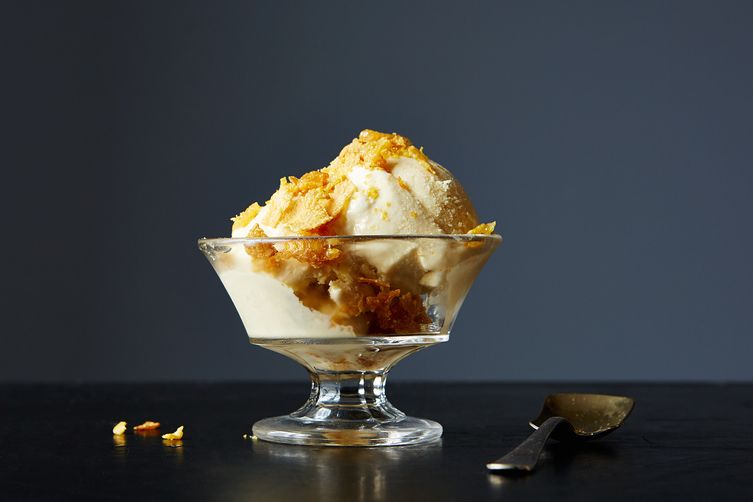
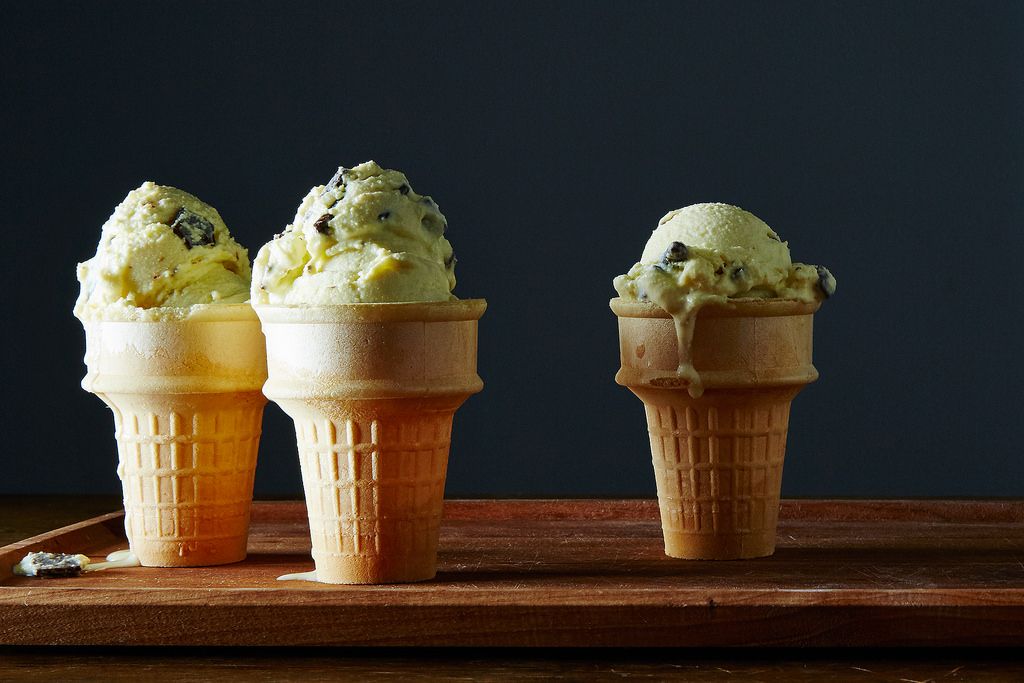


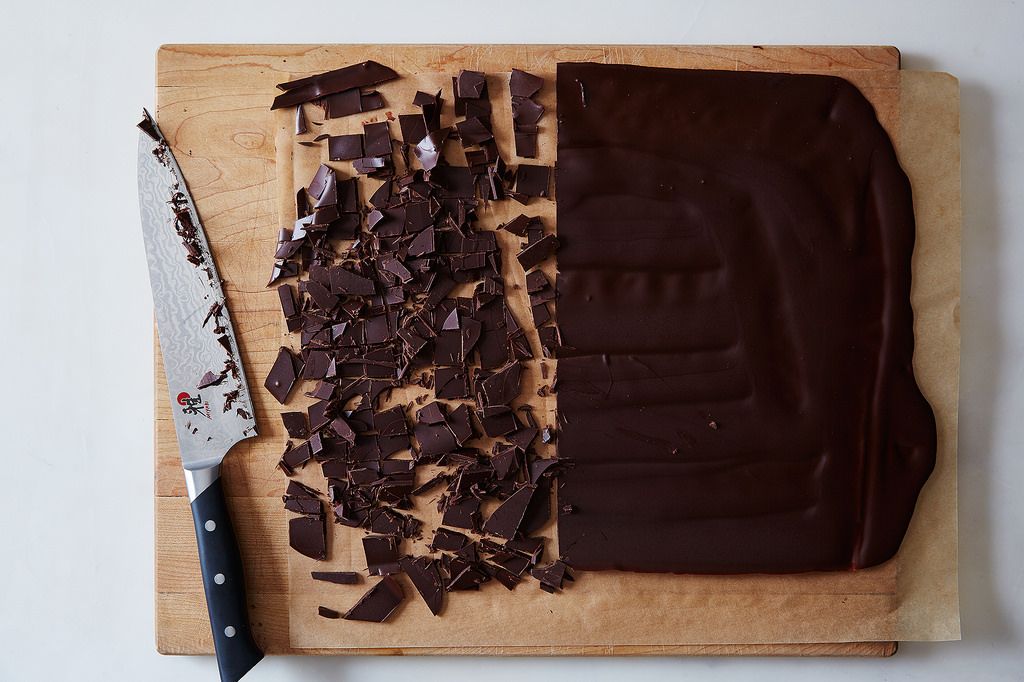
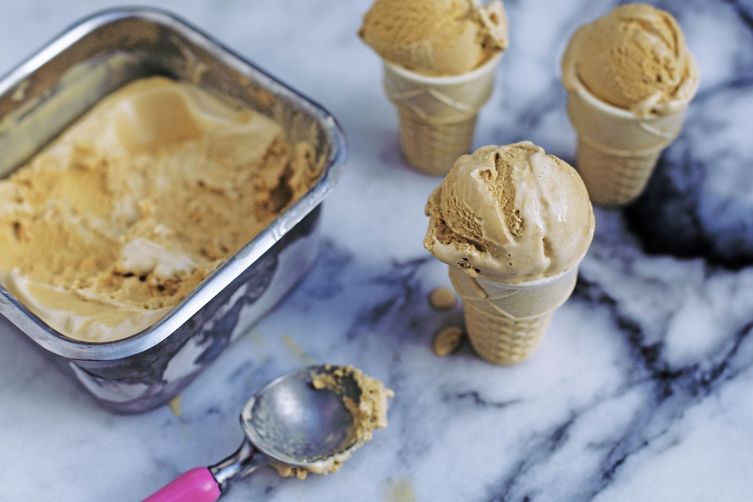
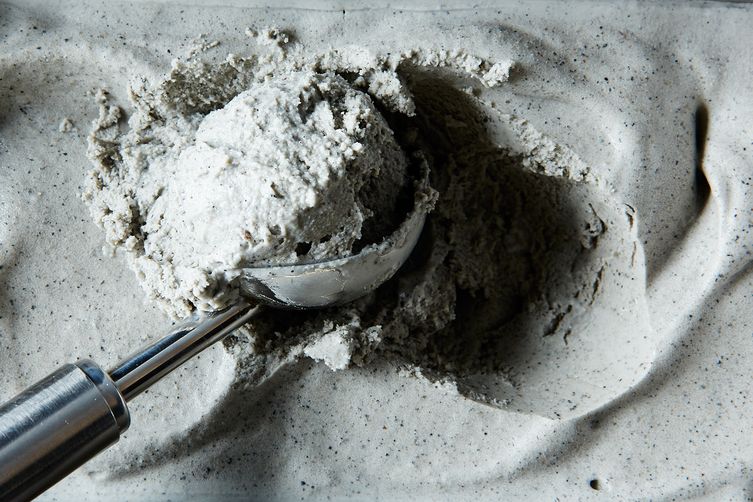
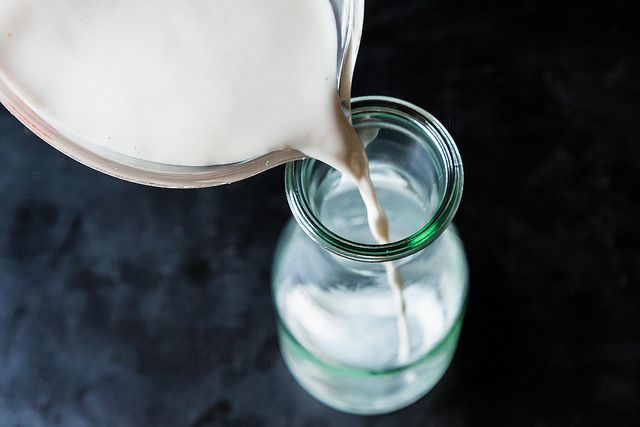
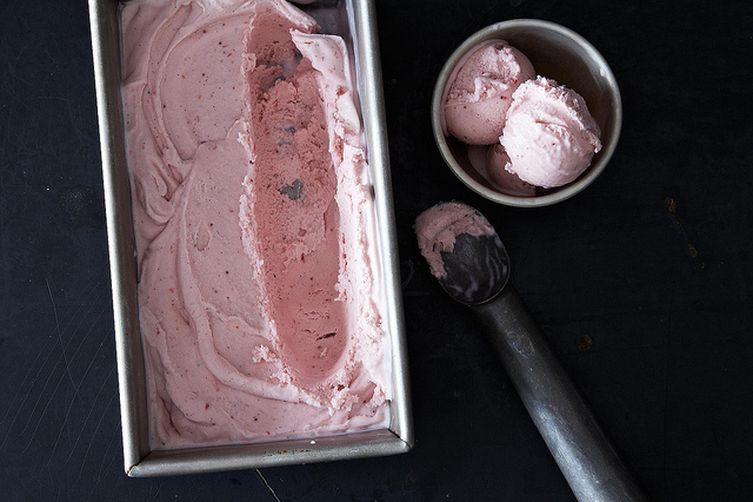
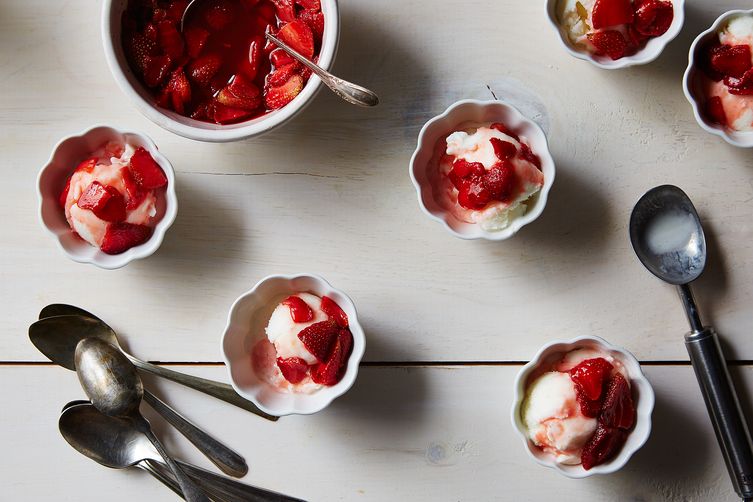

See what other Food52 readers are saying.